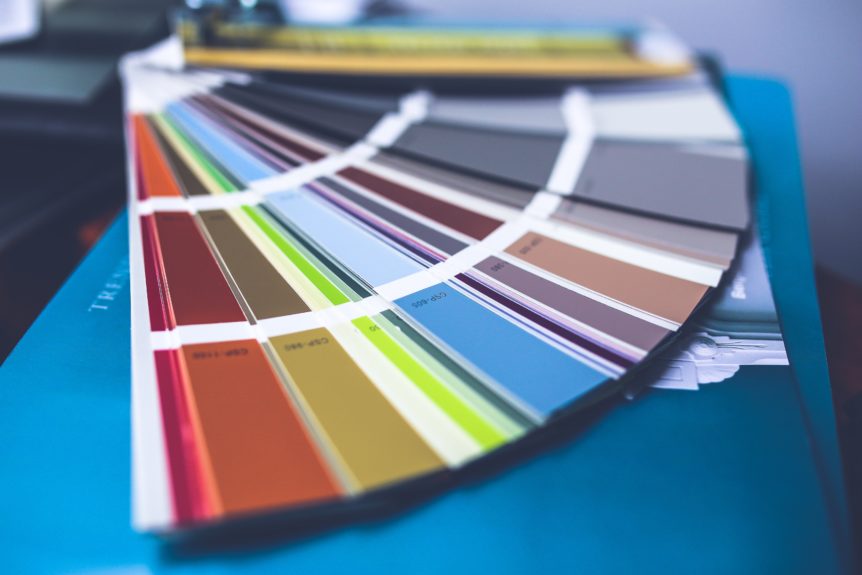The role that colours play in shaping human perception and behaviour is now a fascination in the world of marketing and advertising. A multitude of studies has been dedicated to understanding how this predisposition can be used in marketing and advertising to alter customer and, in turn, increase sales.
A study entitled the “Impact of Color on Marketing” by Satyendra Sign of Winnipeg University, found out that the choice of colours can be used to manipulate customer sentiment: mood, appetite, and even perception of waiting time. This effectively, under the right circumstances and at a certain degree, makes customers attitude towards eating, shopping and other consumer activities, controllable.
Furthermore, many studies have ventured to pin down human reactions to colours. These studies have tried to associate human emotions and how they affect brand perception and customer purchasing behaviour.
Two of these studies are: “The interactive effects of colours and products on perceptions of brand logo appropriateness” by Paul A. Bottomley and John R. Doyle, and “Are You Selling the Right Colour?” by Mubeen M. Aslam.
Here are a list colours and the psychology behind them:
- Red is linked with power and excitement. It is a common choice for a brand who want to exude dominance and power like law firms. However, care has to be exercised because red is also associated with “stop” so people subconsciously stop or slow down with their choices. It can be a powerful option but it is important to not over do it.
- Blue stirs the perception of competence and dependability. Hence, Top banking institution has this colour in their logos. It is also the most liked colour. Thus if you want the business to appear to the masses, a shade within this colour is the safest choice.
- Green denotes good taste, health and abundance. It is a common choice for companies in the health and wellness business. It is also increasingly used by companies in the environment-consciousness and organic industry.
- Black is perceived as prestigious and expensive. That is why most luxury brands have a simple black and white logos.
- Yellow makes people feel happy. Food establishments usually use this bright colour. Choosing the right shade is also critical since yellow is the least liked colour statistically.
- Pink is also proven to be highly successful in appealing to women and female children alike.
Choosing the right colour to suit your business will have an effect on your customers. Making sure that your choice of colour matches the emotion you want to evoke and the outcome you want to have will increase the likelihood of commercial success.
To summarize, researching on the psychology of colours for your business is definitely worthwhile. Applying this knowledge when making your logo, revamping your brand or even when simply painting your walls will be beneficial. Paying attention to little details might just give your business the boost it needs.



 1300 483 455
1300 483 455 0418 260 940
0418 260 940 132 Marsden St, Parramatta
132 Marsden St, Parramatta




